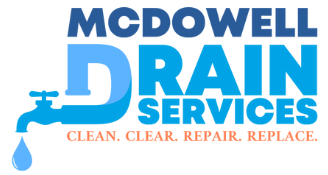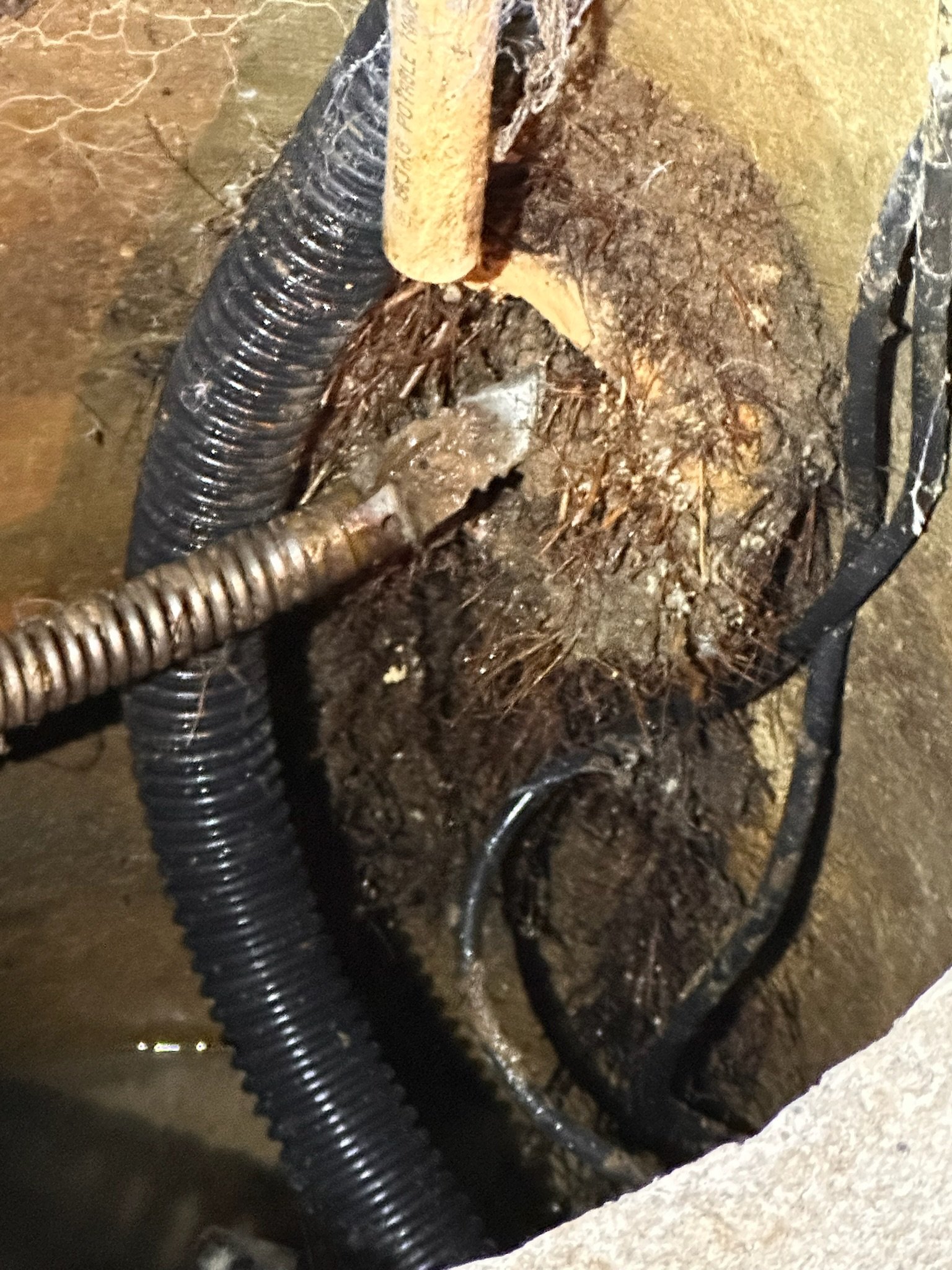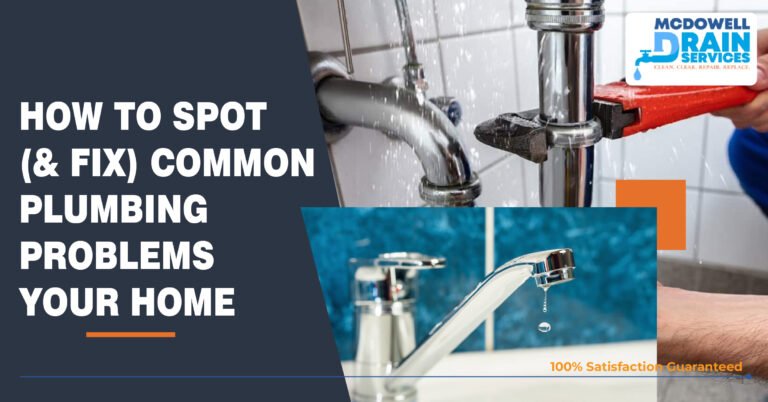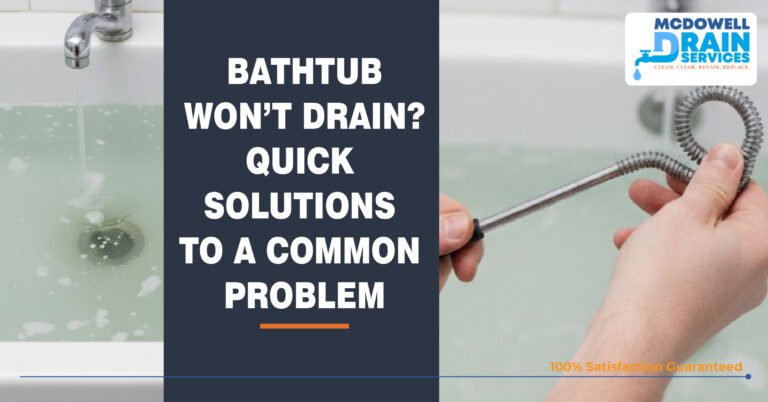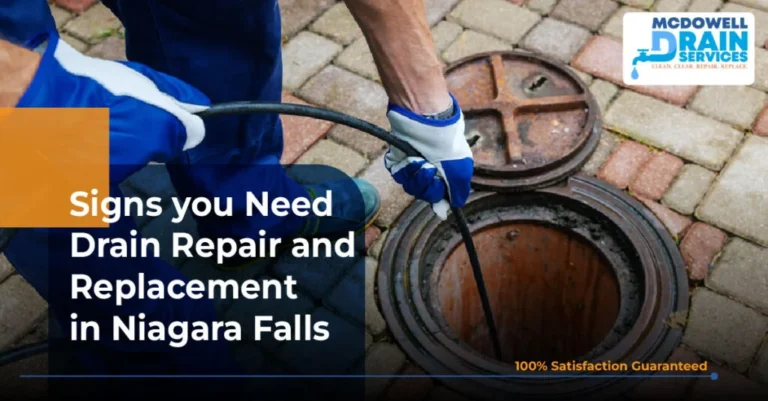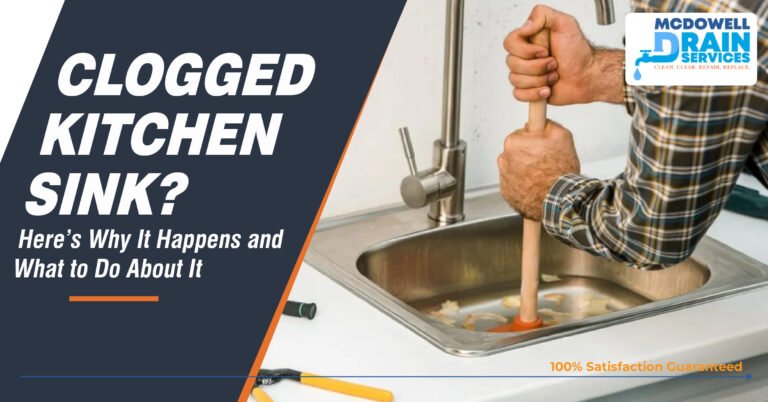For many homeowners in the Niagara Region, the battle against water feels endless. You see the symptoms everywhere: water pooling in your yard after a storm, a sump pump that runs non-stop, or that persistent dampness along the base of your basement walls. You’ve done the obvious things—cleaned the gutters, graded the lawn—but the problem remains. This is because the most important defense your home has against water is the one you can’t see: a properly engineered drainage system.
A truly dry and stable foundation is not an accident; it is the result of a sophisticated network of components working in concert to control water both on the surface and deep within the soil. In a region like Niagara, with its challenging soil and weather, this system is not a luxury—it is an absolute necessity. For over 45 years, McDowell Drain & Waterproofing has specialized in diagnosing, designing, and installing these critical systems, protecting Niagara homes from the ground up. This guide will pull back the curtain on the science of drainage and explain why it is the true unsung hero of a healthy home.
Why Drainage is Non-Negotiable in the Niagara Region
The unique geology and climate of the Niagara peninsula create a perfect storm for chronic water issues, making a high-performance drainage system essential for protecting your property. Our region receives an average of 970 mm of rainfall annually, which constantly saturates the ground. This is compounded by the area’s dominant soil type, the “Niagara series,” which is a heavy, silty clay soil officially classified as “somewhat poorly drained.” This type of soil holds onto water like a sponge instead of allowing it to drain away, leading to the “Clay Bowl Effect”—a zone of super-saturated soil trapped directly against your foundation that exerts immense hydrostatic pressure.
Without an effective drainage system to intercept and redirect this massive volume of water, your foundation is under constant assault. The pressure will inevitably force water through any available path—cracks, joints, or even the porous concrete itself. This is why, in Niagara, simply waterproofing a foundation without addressing drainage is like trying to fix a leaky boat without plugging the hole; you’re only managing the symptoms of a much larger problem.
The Two Fronts of Water Management: Surface vs. Sub-Surface Drainage
A complete drainage strategy must fight water on two distinct fronts: the water you can see on the surface and the water you can’t see deep underground. Each requires a different set of tools and expertise, and a failure on either front can lead to a wet basement.
Surface Drainage
This is your first line of defense, designed to manage rainwater and snowmelt at ground level. It includes your roof’s gutter and downspout system, which must be kept clean and directed at least 3 feet away from the foundation onto a splash pad. It also includes proper lot grading. The Ontario Building Code provides guidance that the ground should slope away from your home’s foundation to encourage water to flow away naturally. For larger yard drainage issues, like soggy lawns or waterlogged gardens, a shallow sub-surface pipe system known as a French drain can be installed to collect and redirect this surface water.
Sub-Surface Drainage
This is the most critical system for protecting your foundation’s structural integrity. It is designed to manage the groundwater that saturates the soil deep around your home’s footing. The primary component of this system is the foundation drain, commonly known as weeping tile. This system works 24/7 to relieve the powerful hydrostatic pressure that builds up in the “clay bowl,” protecting your basement from leaks and long-term water damage.
The Heart of the System: How Weeping Tile Protects Your Foundation
A weeping tile system is a perforated pipe installed in a bed of clear gravel around the entire perimeter of your home’s foundation footing, and it is the single most important component of sub-surface drainage. Its sole purpose is to collect water that has saturated the soil and channel it safely away from your foundation, either to a sump pump inside your home or to a municipal storm sewer. The Ontario Building Code recognizes its importance, with Section 9.14.2.1 mandating that foundation drainage be installed at the bottom of every foundation wall unless it can be proven unnecessary—a rarity in Niagara.
A properly installed system, according to code, includes a layer of free-draining granular material (like 3/4″ clear stone) surrounding the pipe. This stone layer acts as a filter, allowing water to flow freely to the pipe while preventing the surrounding silty clay soil from clogging the perforations. Over time, older systems made from clay tile can collapse, or systems without a proper stone filter can become completely blocked with mud, rendering them useless and leaving your foundation vulnerable.
People Also Ask: Your Niagara Drainage Questions Answered
1. What is the difference between a French drain and a weeping tile?
A French drain is a drainage trench designed to solve surface water problems in a specific area of your yard, like a soggy lawn or a low spot that collects water. A weeping tile is a much more critical system installed deep underground, right beside your foundation’s footing, with the specific purpose of protecting your home from groundwater pressure. Learn more here: French drain installation.
2. My sump pump runs constantly. Is that a drainage problem?
Yes, a constantly running sump pump is a classic symptom of a failed or overwhelmed exterior drainage system. It means groundwater is accumulating rapidly around your foundation, forcing the pump to work overtime.
3. How do I know if my weeping tile is clogged or broken?
The most common signs include water seeping where the floor meets the wall, persistent dampness or chalky stains, and a sump pump that runs excessively. You can confirm it with a camera inspection: Sewer camera inspection.
4. Are all drainage pipes the same?
No, and using the correct materials is critical. Older systems often use clay tiles prone to collapse. Modern systems use engineered PVC or corrugated pipes designed for long-term durability.
The McDowell Standard: Engineering Drainage for the Real World
At McDowell Drain & Waterproofing, we understand that a drainage system is more than just a pipe in the ground—it’s an engineered solution. Our process begins with a full assessment of soil, grading, and water-table behavior. We use only high-quality, code-compliant materials installed with proper slope, stone depth, and sealed connections. Explore our recent work: Work samples.
Protect Your Home With Niagara’s Drainage Experts
Your home’s drainage system works silently day and night to protect your biggest investment. When it fails, the damage can be significant.
Reach out to our team today to schedule a complete drainage system assessment: Contact us.
